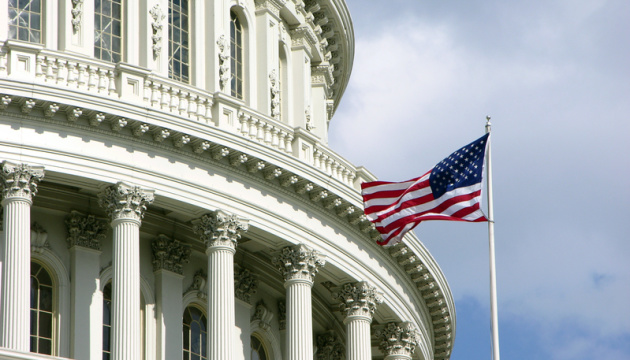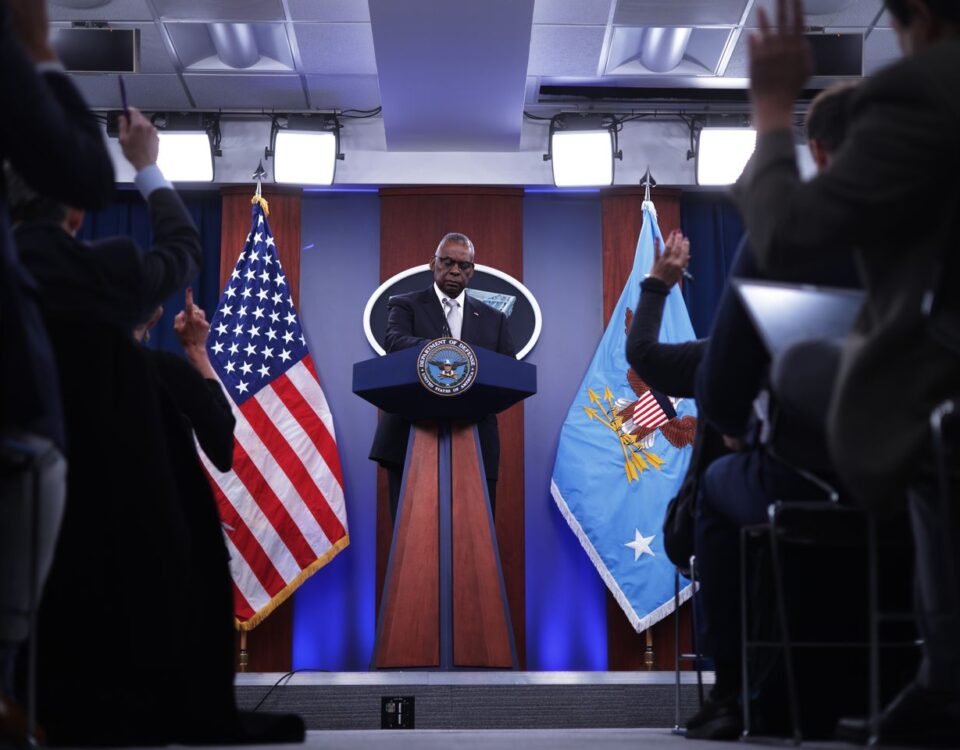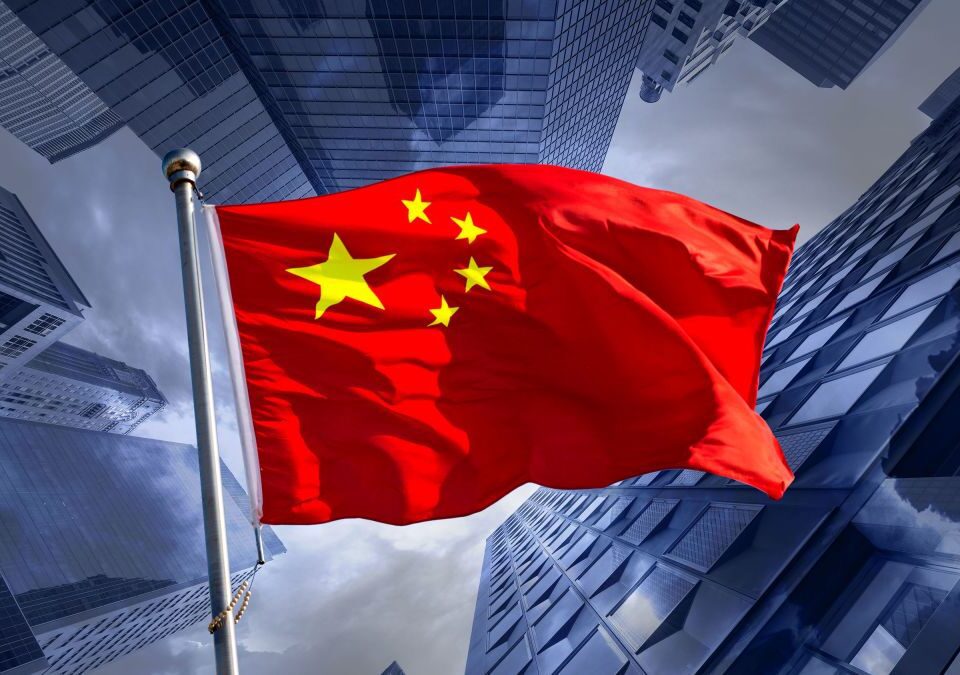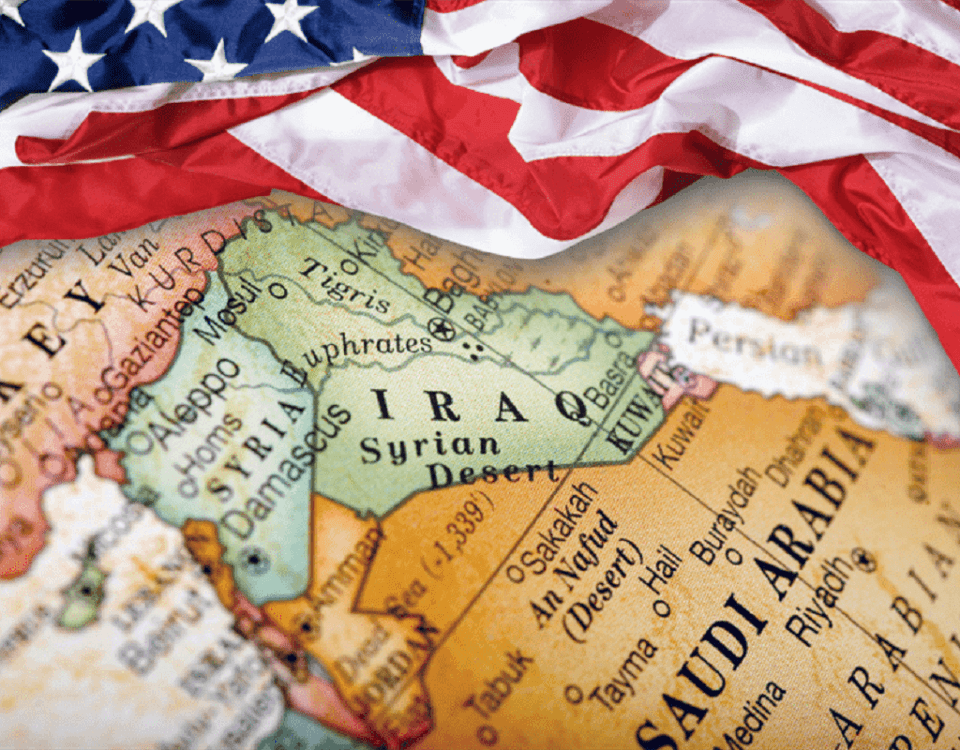
Pakistan’s Biggest Security Concern: Water, Territory, or Economy?
September 28, 2023
Modi’s 2024 Election Strategy: Nationalism as a Cover for Governance Failures
September 30, 2023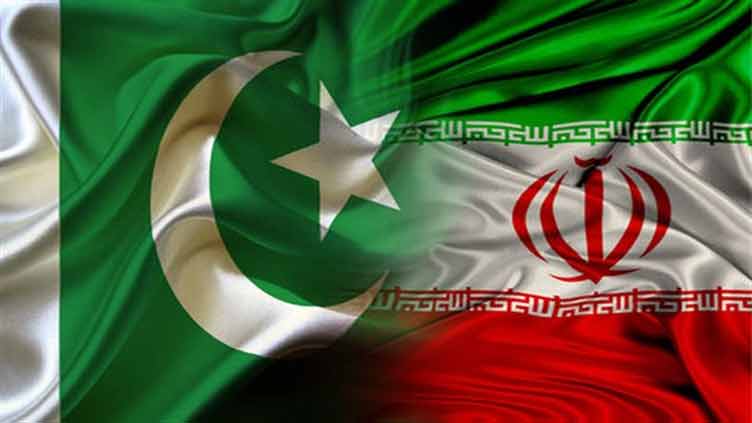
Qirat Mirza
The changing regional dynamics have made countries adopt an independent approach apart from the Western bloc and their alliance institutions. It has also made sanctioned countries whose economies stagnate resultantly develop new blocs and move towards building peace and regional connectivity. The Iran – Pakistan relations is an example of it. The two countries despite having the same religious and cultural links failed to bring conformity in their relations under the influence of external factors. Both countries had an urge for friendly relations but they failed to do it.
The bilateral relations became strained with the withdrawal of the USA from the Joint Comprehensive Plan of Action (JCPOA), also known as the Iran nuclear deal. The Iran Nuclear Deal is an agreement reached in July 2015 between Iran and the P5+1 (the five permanent members of the United Nations Security Council—the United States, the United Kingdom, Russia, France, and China—plus Germany). The agreement was designed to prevent Iran from developing nuclear weapons by limiting its nuclear program in exchange for the lifting of economic sanctions. This not only created uncertainty between Iran and the West but had a huge impact on Iran-Pakistan relations. It is exemplified by Pakistan’s revocation to precede their gas pipeline deal with Iran. According to this, this 2700 km long pipeline will be built by Iran 1100km, Pakistan 780 km, and India 600km. Iran has completed it from its side, but Pakistan has not completed it yet. Iran even offered $500 million to Pakistan as an incentive for construction which Pakistan refused.
Pakistan being a developing country was in alliance with the West and a non-NATO ally of the USA. Due to the sanctions levied on Iran, Pakistan had to carry out the Western alliance. Secondly, Pakistan always endorsed being neutral in the Saudi-Iran conflict but due to its alliance for the economic needs from Saudi Arabia, Pakistan didn’t seem neutral in its strategy. On the other hand, Iran didn’t show an aggressive strategy toward Pakistan in the construction of a gas pipeline for instance it could have taken the case to the international court of arbitration and Pakistan had to pay a penalty of 1.8 billion dollars for not completing it but this would strain its relations with Pakistan for the future which Iran doesn’t want. This is because both countries have common interests in the region.
Global politics is taking a turn and making countries either develop soft corners towards each other namely Saudi- Iran or belligerent corners namely India and Canada. Likewise, Pakistan and Iran are taking initiatives to foster peace in the region through mutual efforts. In the last three months, numerous developments were seen from both sides. For instance, Prime Minister Pakistan Shahbaz Sharif and Iranian President Ebrahim Raisi met on the Pak-Iran border and inaugurated joint border lines and electricity transmission lines. The border market, which is set up on 10 acres (4 hectares) of land, is expected to exacerbate cross-border trade between the two countries namely Pishin a city in the province of Sistan-Baluchestan of Iran, and Manda town in Pakistan’s southern Baluchistan province. It will also provide new opportunities for local businesses to flourish. They also laid the foundation for the Polan-Gabd Electricity Transmission Line which is expected to carry an additional 100MW of electricity from the border Makran region via the 132 KV Makran Division electricity transmission line. Polan-Gabd will help to fulfill the energy needs of Baluchistan’s households and businesses.
On the other hand, Pakistani Chief of Army Staff General Asim Muneer visited Iran and held talks with their President and Foreign minister. They deliberated about security challenges from Afghanistan’s side because of disputes with the Afghan Taliban. Secondly, the Baluchistan National Army and TTP collaboration has raised serious concerns for Pakistan. Though, they are operating from Afghanistan, Iran has also become a stakeholder. Pakistan has a threat on its western border and was negotiating with the Afghan government to relocate Taliban to their northern provinces bordered with Tajikistan and Uzbekistan which has concerns for Iran. Pakistan stipulated to take action against Baluchistan National Army whereas Iran raised concerns about the relocation of TTP militants. Iran is also holding negotiations with the Afghan Taliban on the issue. Iran also announced the formation of a new naval alliance for security purposes in the Indian Ocean involving all the countries of the region. This will bring more conformity in their relations and make them closer to each other.
China also played a major role in geopolitical dynamics. It has made a separate bloc interconnected in an alternative to the Western bloc because peace and regional connectivity is in favor of China’s “Belt and Road initiative”. For accomplishing this goal, it not only played the role of mediator in bringing two rival countries namely Saudi Arab and Iran but also doing trade with underdeveloped countries by providing them incentives to challenge existing US hegemony and spur the development of a multipolar world order on a table. This challenging US hegemony has provided an opportunity for countries like Iran to find means to upsurge their economic development which was stagnated as a result of sanctions.
The writer is currently pursuing her BS in International Relations from International Islamic University, Islamabad.


